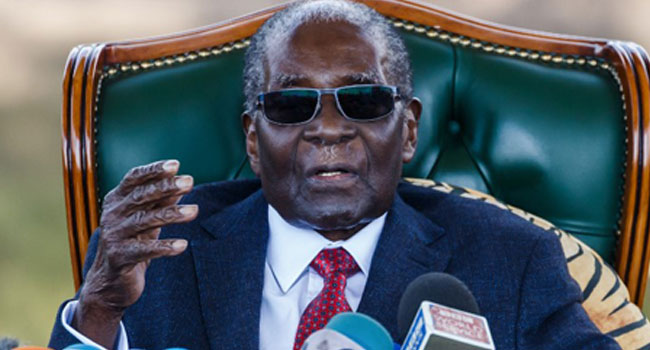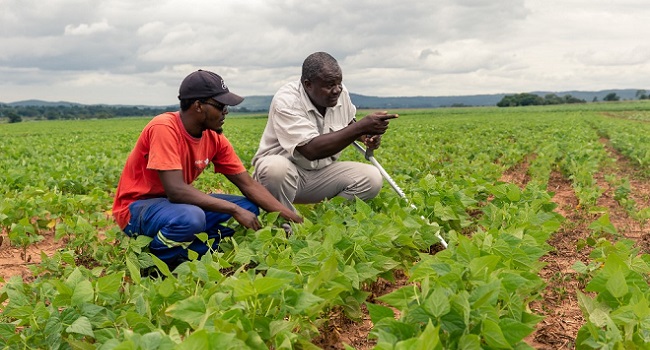Following are key dates in the 37-year rule of former Zimbabwean president Robert Mugabe.
The government announced Thursday that he would be buried in his home village of Zvimba, in line with his family’s wishes. He was given a state funeral in Harare on Sept 14.
From Rhodesia to Zimbabwe
April 18, 1980
Rhodesia gains independence after 90 years as a British colony, taking the new name Zimbabwe. The 1972-1979 war of independence between nationalist blacks and the minority white regime led by Ian Smith has left 27,000 dead.
Mugabe, head of the Zimbabwe African National Union (ZANU), takes power as prime minister. Joshua Nkomo, head of the Zimbabwe African Peoples Union (ZAPU), Mugabe’s partner in the armed struggle, becomes interior minister.
February 1982
Nkomo, accused of plotting a coup, is dismissed. Armed resistance in his stronghold of Matabeleland is met with bloody government repression. At least 20,000 people die.
December 30, 1987
Mugabe becomes head of state after reforming the constitution to usher in a presidential regime. Two years later rival movements merge to become the Zimbabwe African National Union-Patriotic Front (ZANU-PF).
White farms seized
February 2000
Squatters and pro-Mugabe war veterans start a violent campaign of seizure of white farms.
More than 4,000 of the 4,500 white farmers are stripped of their land, with the support of the regime, with the official goal of correcting colonial-era inequalities.
Mugabe hangs on
March 2002
Mugabe is re-elected president in a poll marred by violence and widely denounced as rigged. Western sanctions are imposed.
March 2008
ZANU-PF is defeated by Morgan Tsvangirai’s Movement for Democratic Change (MDC) in parliamentary polls. Tsvangirai wins the first-round presidential vote, but withdraws from the second round, citing violence against his supporters. Mugabe is inaugurated for a new term.
August 2013
Mugabe is declared re-elected in July 31 elections with 61 percent of the vote, against Tsvangirai’s 34 percent.
Tsvangirai describes the election as a “huge farce” and “null and void”.
The EU, however, starts normalising relations with Zimbabwe, lifting most of its sanctions.
Purge
December 2014
Mugabe names his 49-year-old wife Grace as head of the ruling ZANU-PF party’s women’s wing. He seeks to quell infighting over his successor by purging his foes.
April 2016
The MDC gathers more than 2,000 demonstrators in Harare in the biggest march organised for a decade against Mugabe.
November 2017
Mugabe fires Vice President Emmerson Mnangagwa, long considered his probable successor, who has close ties to the military and the powerful independence war veterans. Mnangagwa flees the country.
Downfall and death
November 13, 2017
Army chief General Constantino Chiwenga demands a “stop” to purges and warns the military could intervene.
November 14-15, 2017
Tanks take up position in Harare. Mugabe is placed under house arrest with his family.
November 19, 2017
The ZANU-PF party sacks Mugabe as its leader.
November 21, 2017
Mugabe resigns as head of state. Three days later Mnangagwa is sworn in as his successor, promising to fight corruption and reduce poverty.
September 6, 2019
Mugabe dies in Singapore at the age of 95. The cause of death is later given as cancer.
AFP





